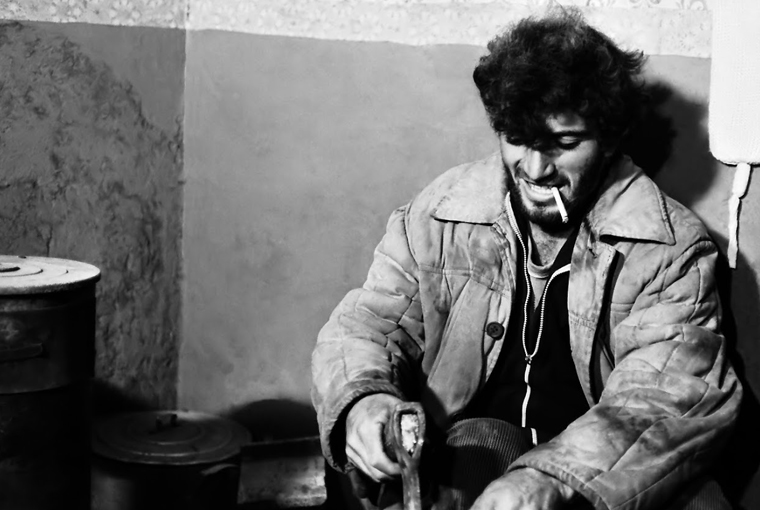
As editors of a journal whose area of interest is geographically localized, we’ve had to repeatedly face the question how one should determine a film’s origin. In order to try and do justice to the diversity of Central, Eastern and South-Eastern Europe (hereafter simply Eastern Europe) as well as its cinema, we have tried to keep the criteria for what counts as a Eastern European film as liberal as possible. Thus, we not only address films which seem to indisputably originate from the region – films that were produced and shot in an Eastern European country -, but also those that address the region as a subject matter or were shot by Eastern European directors outside the region. Of course, not even the seemingly paradigmatic cases are entirely unproblematic, because regional denominations – in particular our abbreviate use of “Eastern Europe” for all countries that lie in Central, Eastern and South-Eastern Europe – are heavily contested. (We have had a rather heated altercation with a Eastern European director of very high prominence who insisted that Czech Republic and Poland have nothing to do with Eastern Europe – they are apparently part of Western, “Aristotelian” Europe -, and accused us of ignorance and indignity).
While we hope our readers will agree that not too much should be made of such definition wars, another, real problem is that it is unclear what makes a film originate from a country in an aesthetic sense. Surely, a film’s being produced with say Bulgarian money, though not irrelevant, doesn’t itself make it Bulgarian in any significant sense. (This is especially clear in the case of France, which, due to structural reasons related to its relatively big spending on film production, is home to a wide array of films that do not reflect its culture). Notably, the prevalence of the dogmas of today’s arthouse language have greatly internationalized cinema, a fact that tends to be forgotten when we refer to films as originating from one country or other and is willingly downplayed by critics and festival organizers alike. This, again, is not to say that a film’s credits are irrelevant to its proper contextualization. Still, one should be weary of taking national denominations for more than they are, namely production credits which may, or may not, be revealing of a film’s aesthetic affiliation…
***
Konstanty Kuzma and Julia Zelman address this issue in their reviews of two recent films that explicitly address issues of national identity, but end up coming off oddly international. Kuzma saw Azerbaijani helmer Asif Rustamov’s Down the River, which revolves around a rowing coach and his struggle to come to terms with his son’s disappearance, while Zelman ponders Darko Lungulov’s ambivalent relationship with Hollywood dogma in Monument to Michael Jackson.
In our Retrospectives section, Patricia Bass revisits Ecstasy, Gustav Machatý’s 1932 feature about a woman’s budding sexuality which favors social criticism over superficial moralizing. Moritz Pfeifer returns to the work of Harutyun Khachatryan once again, tracing back the theme of his 1991 film Return to the Promised Land to the Old Testament.
Konstanty Kuzma & Moritz Pfeifer
Editors




Leave a Comment